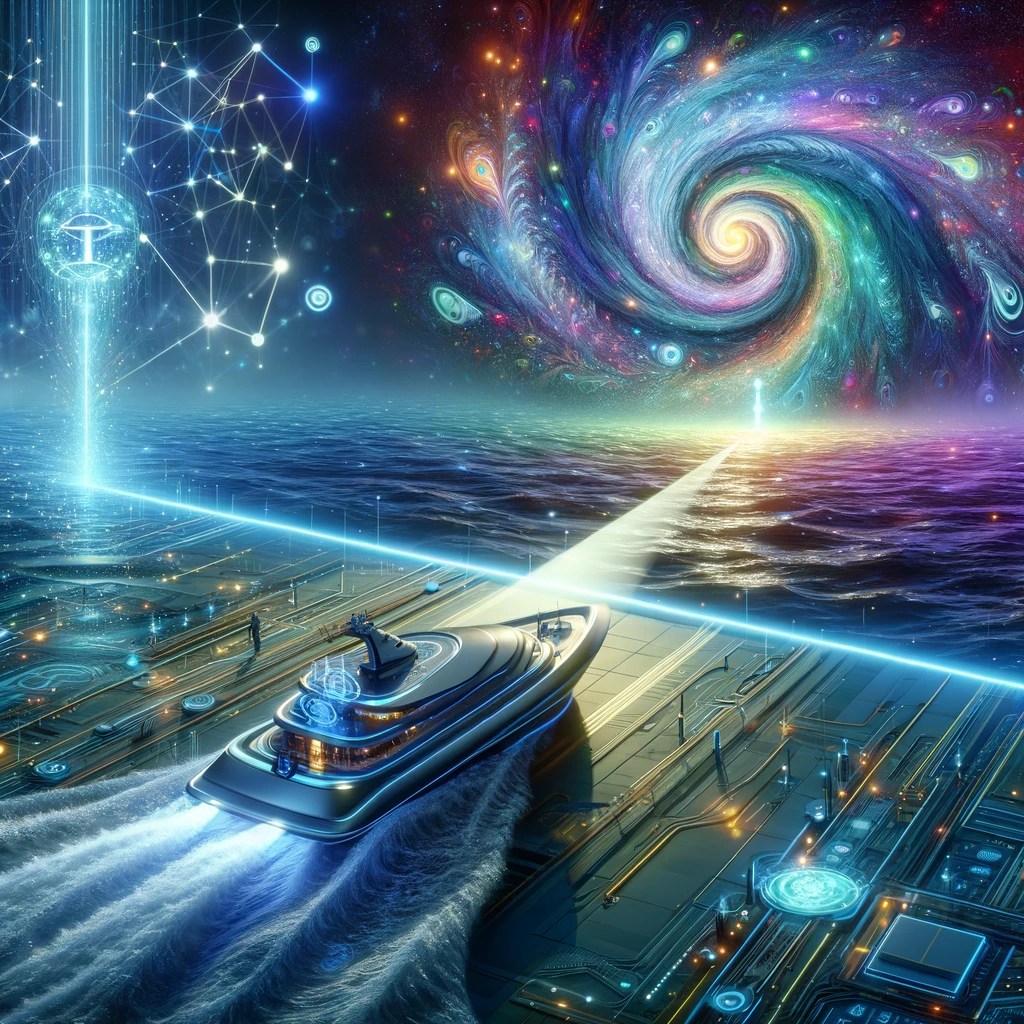In the ever-turbulent seas of technology and artificial intelligence, we’ve hoisted the sails towards an era where natural language processing (NLP) isn’t just a distant beacon of hope but a tangible reality. At the helm of this journey is Generative Artificial Intelligence (GenAI), steering us through uncharted waters, challenging our age-old navigational charts that once distinguished the creators from mere generators.
NLP gifts machines the ability to decipher the human language’s nuances, a compass that guides them through our complex seas of communication. It’s the backbone for systems that craft narratives, bridge language divides, answer our deepest queries, and more. Yet, as we venture further, the line in the sand between generating responses and birthing creativity starts to blur. It beckons us to ponder—what’s the essence of creation, and how does it differ from mere generation in the realm of machine autonomy?
To “generate” in the world of AI is akin to setting sail on a predetermined course, guided by the stars of algorithms and data charts. It’s a journey of producing outcomes that, while impressive in their capacity to mimic or summarize, are confined within the ship’s hull of programmed knowledge.

Yet, to “create” is to explore uncharted territories. It signifies a leap towards a horizon where machines aren’t just replicating or rearranging but are charting their own courses, inspired by a spark of originality unseen in their navigational data. This shift towards creative autonomy in machines nudges us to question: Can artificial intelligence harbor a spark of originality? Is it conceivable for a machine to “think” independently to conjure something genuinely novel?
The swift currents of computational advancements suggest we’re nearing the edge of a new dawn. Year by year, algorithms evolve, learning not just to navigate but to understand the complexities of language and thought in more profound ways. Yet, the question lingers like a distant shore—when and how will machines bridge the gap from following maps to drawing their own?
Will we witness the day when AI doesn’t just respond but proposes, innovates, and fundamentally, creates from a place of genuine autonomy? This question isn’t just a beacon for future explorations but prompts us to reflect on the nature of creativity in a world increasingly inhabited by intelligent machines.

One thought on “The Quest for Creative Independence in AI”
Comments are closed.